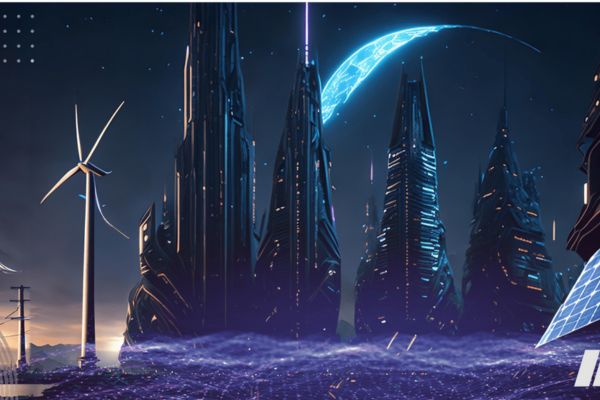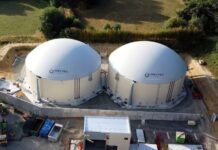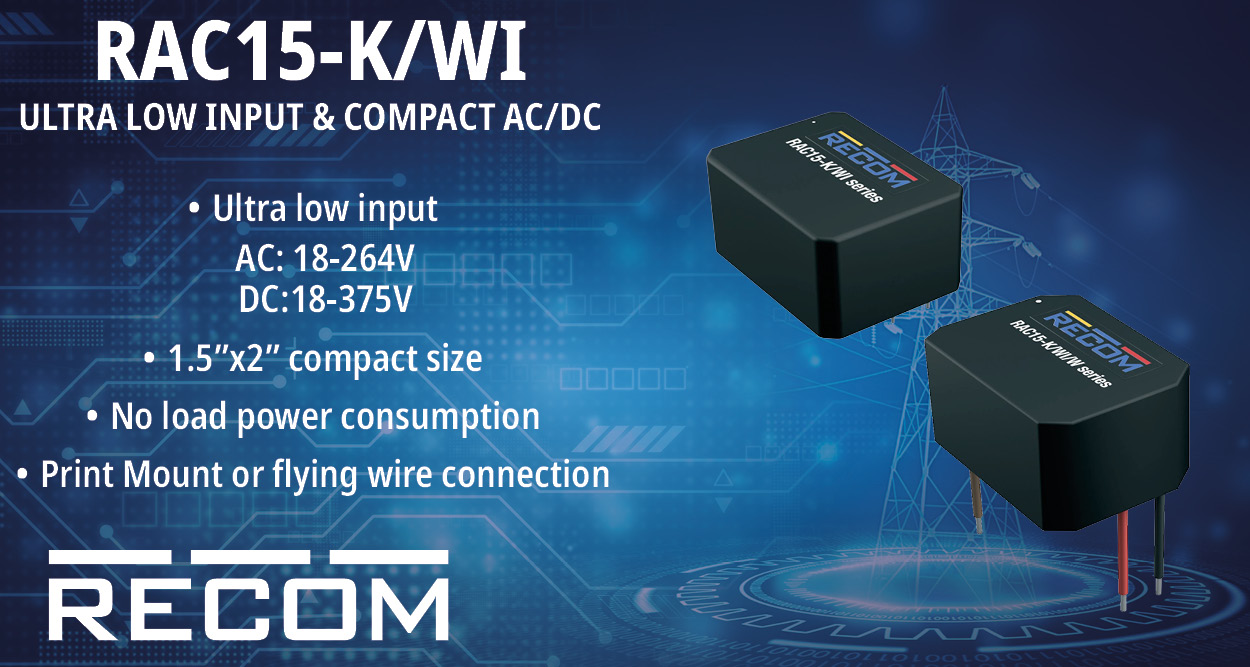The rise of renewable energy sources is transforming the way power is generated, distributed, and consumed. Solar panels, wind farms, and decentralized storage systems are becoming common, but they bring with them a high degree of variability and complexity. To handle this dynamic environment, the energy sector is increasingly turning to Edge AI a technology that processes data close to where it is generated.
At the heart of this transformation are two crucial components: smart sensors that collect and analyze real-time data, and power management systems that ensure the grid remains balanced, efficient, and responsive. Together, these innovations are redefining energy management at the grid edge, closely aligning with developments in Digital Power Utility infrastructure that emphasize real-time intelligence, autonomy, and decentralized control.
Smart Sensors: Bringing Intelligence to the Grid
Smart sensors are the foundation of modern energy systems. Installed at critical points across the grid such as substations, solar inverters, wind turbines, and transformers these sensors continuously monitor variables like voltage, current, frequency, temperature, weather conditions, and equipment status.
What sets these sensors apart is their ability to operate with embedded AI models. Instead of simply collecting raw data and sending it to a central server, smart sensors now process and analyze the data locally. This local decision-making drastically reduces response time and network congestion. In other words, smart sensors don’t just report data they act on it.
For example, if a transformer begins to overheat, a smart sensor can detect this change, assess its severity, and trigger a local response such as reducing the load or alerting maintenance without waiting for instructions from a central system. This real-time responsiveness increases system reliability and helps prevent outages.
Moreover, smart sensors support predictive capabilities. By analyzing patterns over time, they can identify subtle signs of wear or performance decline. Maintenance teams can be alerted before a failure occurs, allowing them to address issues proactively. This aligns with the principles of Advanced Metering Infrastructure, where smart meters and sensors enable granular visibility, two-way communication, and condition-based maintenance of grid assets.
Importantly, many smart sensors are designed to operate in remote or off-grid environments. Some use intermittent computing or energy-harvesting methods drawing power from light, motion, or vibrations which means they can function autonomously for extended periods without requiring traditional power supplies. This makes them ideal for use in rural or distributed energy networks where infrastructure may be limited.
In essence, smart sensors embedded with edge AI are making the grid more observant, responsive, and self-reliant. They provide the situational awareness necessary to support a complex and fast-changing energy landscape.
Power Management at the Grid Edge: Fast, Local, and Adaptive
Efficient power management is essential in a grid dominated by renewable energy sources. Solar and wind energy, though clean, are inherently variable. Cloud cover, wind speed, and even time of day can affect output. To ensure consistent electricity supply, the grid must quickly adapt to changes in both generation and demand. This is where edge AI-driven power management comes into play.
Power management at the grid edge involves using local intelligence to monitor, adjust, and optimize how electricity flows through the system. Rather than relying solely on centralized control centers, edge systems equipped with AI analyze real-time conditions and make immediate decisions at the source whether that’s a rooftop solar system, a local battery storage unit, or a neighborhood substation.
For instance, during a period of high solar generation but low local demand, edge AI can detect the imbalance and redirect excess energy to nearby storage units. Similarly, if a sudden spike in electricity usage is detected, the system can instantly draw power from distributed storage or adjust supply levels to stabilize the load. These quick reactions are critical for maintaining voltage and frequency within safe limits.
Additionally, edge power management supports load forecasting and optimization. By analyzing historical and real-time data, these systems can predict upcoming demand patterns and adjust supply strategies accordingly. This foresight helps avoid overloads, reduces stress on infrastructure, and ensures that available renewable energy is used efficiently.
In areas where microgrids operate such as rural communities or industrial zones edge AI power management allows these systems to function autonomously. They can switch between grid-connected and islanded modes, optimize local resources, and maintain power quality without depending on external control. Such localized control models are increasingly being integrated into Home Energy Management Systems, which use smart appliances, rooftop PV systems, and residential battery storage to maintain efficiency and grid responsiveness at the consumer level.
Furthermore, by reducing the need to constantly send data back and forth to central servers, edge-based power management systems minimize latency, lower communication costs, and increase cybersecurity. They also offer scalability allowing utilities and private operators to deploy modular solutions that grow with their infrastructure needs.
The integration of AI into local power systems transforms them from passive distribution networks into active, intelligent participants in the energy ecosystem. It’s not just about delivering electricity anymore it’s about delivering it smartly, sustainably, and securely.
Conclusion
The transition to renewable energy demands more than just new sources of power. It requires new ways of managing that power ways that are fast, decentralized, and intelligent. Smart sensors and edge-based power management systems are leading this evolution, enabling energy grids to operate with greater accuracy, flexibility, and resilience. Smart sensors provide the eyes and ears of the modern grid, delivering actionable insights in real-time. Edge-powered power management systems, on the other hand, are the brain making decisions on the fly to balance supply and demand, protect infrastructure, and maintain stability.
Together, these technologies form the backbone of a smarter, cleaner energy future. By embracing them, utilities, businesses, and governments can build energy systems that are not only efficient and sustainable but also prepared for the unpredictable challenges of tomorrow.







![SMART ENERGY WEEK [September] 2025 to Lead Global Renewable Energy Advancements SMART ENERGY WEEK](https://timestech.in/wp-content/uploads/2025/07/Untitled-design-2025-07-31T112230.406-218x150.jpg)









